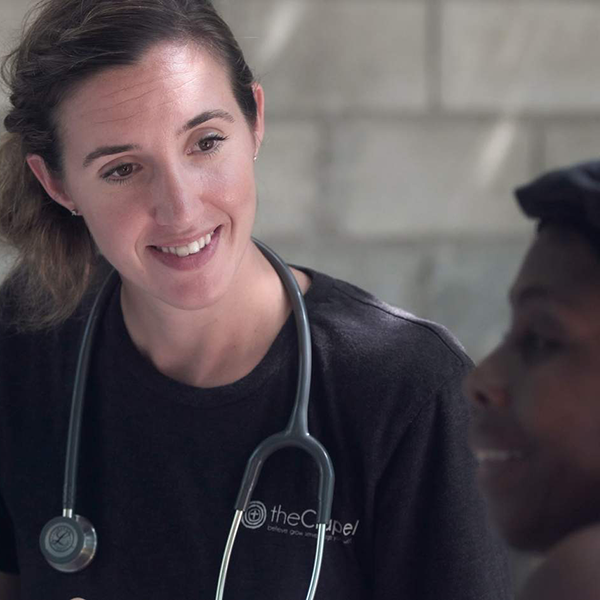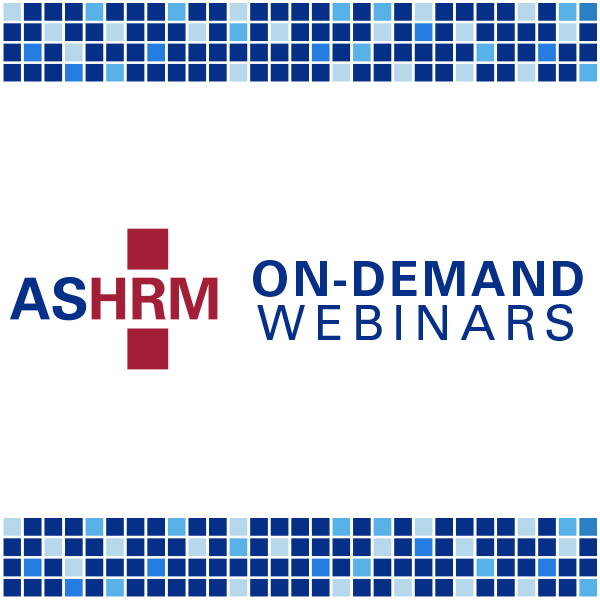Improving Diagnostic Safety by Engaging Patients and Families
ASHRM CE Credit: 1.0
Domain: Clinical Patient Safety
Level: Practitioner
This webinar explores simple strategies that practices can adopt to improve diagnostic safety through partnering with patients and their families.
Dr. Smith reviews a diagnostic safety agenda setting tool and explores challenges to implementation and strategies to overcome them.
Objectives:
- • Identify and describe common pitfalls to diagnostic safety.
- • Apply the principles of active listening and reflective practice in support of diagnostic safety.
- • Engage patients and their families in co-creating a diagnostic safety-oriented visit agenda.
Speaker: Dr. Kelly Smith
| Product Code | 322014OD22 |
| ASHRM CE Credits | 1.0 |
| CNE Credits | 1.0 |
| Domain | Clinical Patient Safety |
| Level - Foundational (F), Practitioner (P), Advanced (A) | P |
| Publication Date | 6/7/22 |
| Next Review | 7/1/24 |
| Credit Expires | 7/1/25 |
For questions regarding this webinar, contact ASHRMEd@aha.org
Speaker Bio
Kelly Smith, PhD is the inaugural Michael Garron Chair of Patient Oriented Research at the Michael Garron Hospital. She is also an Associate Professor in the Institute of Health Policy, Management & Evaluation in the Dalla Lana School of Public Health at the University of Toronto. Dr. Smith holds a Ph.D. in medical sciences from McMaster University (Hamilton, Ontario, Canada). As an implementation scientist and health services researcher, Dr. Smith’s research focuses on coproducing practical solutions to challenges of health care delivery with a focus on patient safety and quality improvement. Notably, she is a leading investigator in patient-oriented research, forging partnerships with patients to co-design research and innovations to improve the quality and safety of health care delivery.



